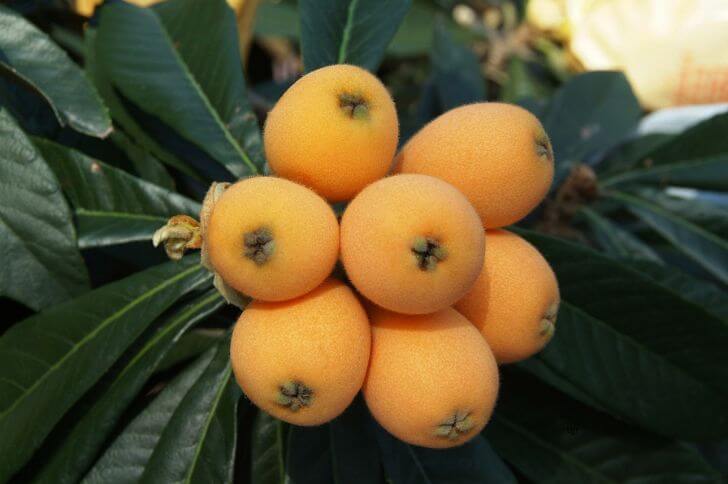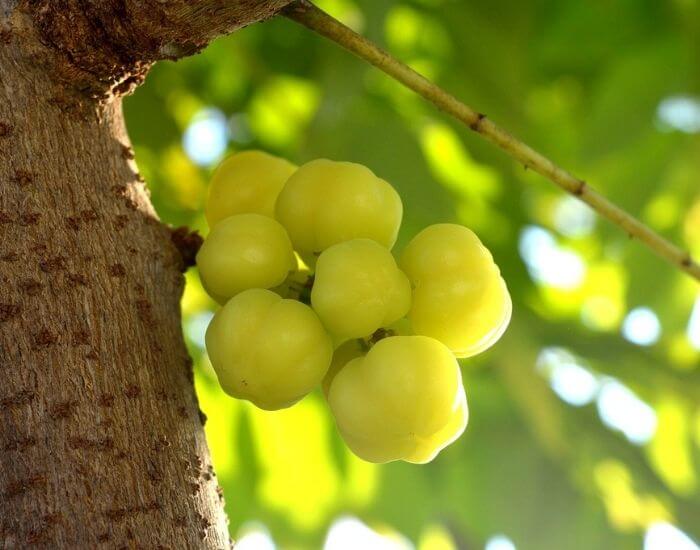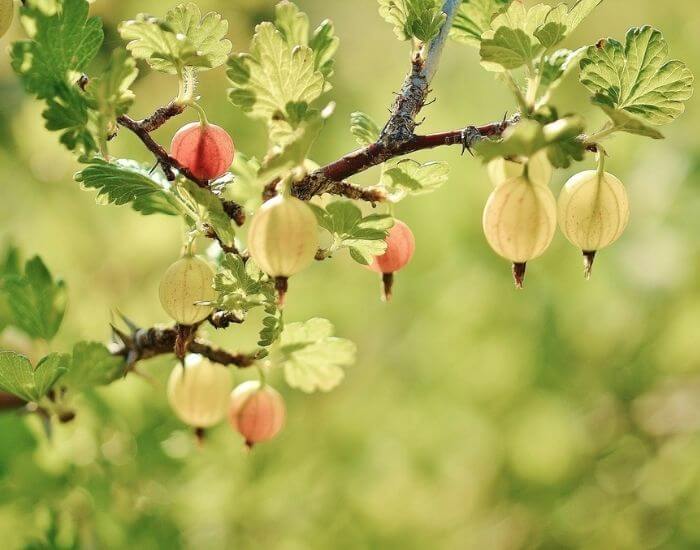Nispero fruit, scientifically called eriobotrya japonica, is a delectable and nutritious yellow fruit that is popular worldwide.
Native to China but now cultivated in various regions across the globe, this small yellow-orange fruit with a succulent flesh and sweet-tart flavor has captured the attention of food enthusiasts and health-conscious individuals alike.
Nísperos are not only a delightful treat for our taste buds but also offer an array of benefits, making them an excellent addition to one’s diet. In this article, we will delve into the intriguing world of Níspero fruit, exploring its origins, nutritional composition, and culinary uses that make it truly nature’s gift to us.
Nispero varieties
1. Tanaka
The Tanaka Nispero variety is a popular choice among fruit enthusiasts and gardeners alike. Known for its sweet and tangy flavor, this loquat variety offers a delightful taste experience.
It is characterized by its medium-sized fruit that has a round shape and a smooth, orange-yellow colored skin. The flesh is juicy and succulent, with a vibrant yellow color.
One notable feature of the tanaka variety is its high productivity. It bears abundant clusters of fruit, making it an excellent choice for those who enjoy harvesting large quantities of loquats.
The trees are also known to be vigorous growers, reaching an average height of 30-35 feet at maturity. With proper care and maintenance, the tanaka can yield bountiful harvests year after year.
Not only does the Tanaka Níspero offer delicious fruits, but it also adds ornamental value to any landscape. The evergreen leaves of this variety are glossy and lance-shaped, providing an attractive backdrop for the clusters of fruit.
Whether planted as standalone specimens or in rows as hedges, this loquat variety can enhance the aesthetic appeal of gardens or yards. With its delectable taste and visual charm, it’s no wonder that many people choose to cultivate this particular variety of nísperos in their outdoor spaces.
2. Argelino
The Argelino nispero variety is known for its unique characteristics and flavor. This variety originates from Algeria and has gained popularity in various parts of the world, including Europe and North America.
The Argelino tree is relatively small in size, making it suitable for backyard gardens or smaller spaces.
One of the defining features of this loquat variety is its large and juicy fruit. The fruit is typically oval-shaped with a yellow or orange skin when ripe. It has a sweet and tangy flavor that is often described as a mix between peach, citrus, and mango.
The flesh of the argelino is soft and succulent, making it perfect for eating fresh or using in various culinary creations.
How to tell if Nispero fruit is ripe
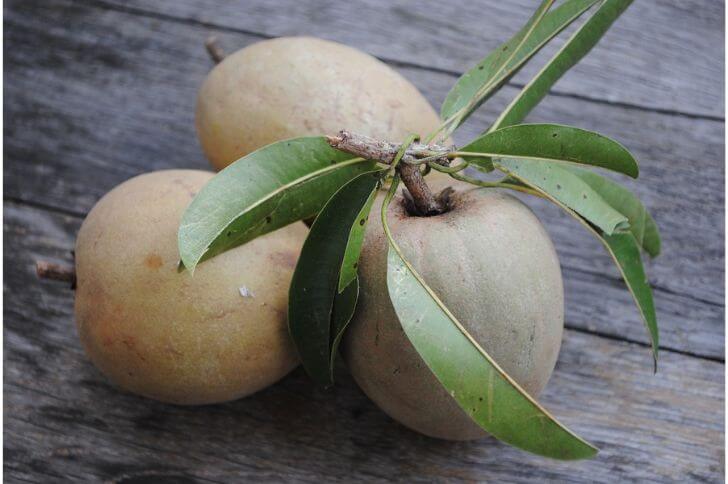
When it comes to determining whether a loquat is ripe and ready to be enjoyed, there are a few key indicators to look out for.
Firstly, color plays an important role. Ripe nisperos typically have a bright yellow or orange hue, while unripe ones tend to be green. Additionally, the texture of the fruit can provide valuable insight into its ripeness.
Gently squeeze – if it feels slightly soft and gives in to pressure without being mushy or overly firm, then it is likely ripe and ready to eat.
Another useful method for assessing the ripeness of a níspero fruta is by evaluating its fragrance. When ripe, it emits a sweet and fragrant aroma that can be detected when you bring the fruit close to your nose.
It’s worth noting that taste can also serve as an indicator of ripeness; once you’ve ensured that all other factors align with ripeness indicators, take a small bite of the fruit – if it tastes pleasantly sweet and juicy, then congratulations! You have found yourself some deliciously ripe nísperos.
Where does níspero fruit come from?
Loquats originate from China. It is believed to have been cultivated in the country for over a thousand years and has since spread to various regions around the world.
Níspero trees thrive in subtropical and mild temperate climates, making them common in countries like Japan, Korea, India, Brazil, Spain, Africa and the United States.
They grow in clusters and are about the size of small apricots.
When is níspero in season
This fruit is in season during spring months in California. This means that it is typically available from April to June.
In Florida, you can find loquats from February to May while in Southern Texas, these little yellow fruits fruit in winter.
In Australia, nisperos bear fruit in spring while in Spain loquats are available in the months of April, May and June.
What does níspero fruit taste like?
The taste of Níspero fruit can be described as a combination of flavors. It has a sweet and slightly tangy taste that is often compared to a blend of peach, apricot, and citrus notes.
The flesh is juicy and succulent, with a smooth texture that melts in your mouth. The flavor profile can vary depending on the ripeness of the fruit; when fully ripe, it becomes sweeter and more aromatic.
One bite into a níspero will reveal its subtly tropical essence. Its unique taste is further enhanced by floral undertones, giving it a hint of perfumed sweetness.
The balance between acidity and sweetness makes nisperos an enjoyable treat for those who appreciate fruity flavors without an overpowering sugary taste.
Ways to eat loquats
One popular way to eat nisperos is by simply enjoying them fresh as a healthy snack. Just remove skin, seeds and pop them in your mouth.
Another fantastic way to enjoy them is by making preserves or jams out of them. The yellow-orange hued flesh lends itself well to being cooked down into thick spreads that are perfect for spreading on toast, biscuits, or pancakes.
Loquat jam recipe
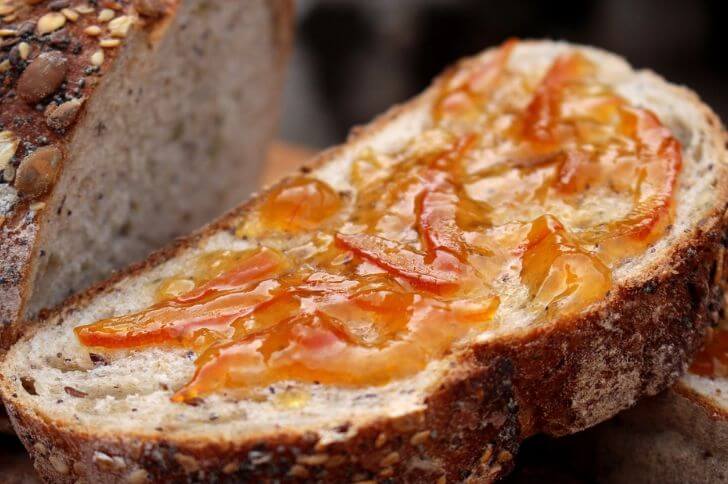
Ingredients:
-4 cups of loquats, pitted and sliced
– 2 cups of sugar
– 1 tablespoon of lemon juice
Instructions:
- In a large saucepan, combine the sliced loquats, sugar, and lemon juice.
- Cook over medium heat (keep stirring).
- Reduce the heat to low and let it simmer for about 30 minutes or until the loquats break down and become soft.
- Use a potato masher or immersion blender to mash the mixture until desired consistency is reached.
- Continue cooking on low heat for an additional 10 minutes.
- Remove from heat and let it cool before transferring to sterilized jars for storage.
- Enjoy your homemade loquat jam on toast, pancakes, or as desired!
Nispero salsa recipe
Ingredients:
-2 cups loquats, diced
– 1/4 cup red onion, finely chopped
– 1 jalapeno pepper
– 1/4 cup fresh cilantro, chopped
– juice of 2 limes
– salt to taste
Instructions:
- In a medium bowl, combine loquats, red onion, jalapeno pepper, and cilantro.
- Add lime juice and stir.
- Season with salt to taste.
- Refrigerate before serving
- Serve as a refreshing salsa with tortilla chips or as a topping for grilled meats or fish. Enjoy!
Related Read: Check different types of fruits with spikes
Making drinks
Nispero leaves tea
Ingredients:
- nispero leaves
- Water
Instructions:
- Rinse the loquat leaves thoroughly.
- Boil water.
- Add the rinsed loquat leaves to the boiling water.
- Let it simmer for 5 minutes.
- Strain the tea and discard the leaves.
- Serve hot or chilled, according to preference. Enjoy!
Loquat juice
Ingredients:
-2 pounds of loquats
– 1 cup of sugar
– 4 cups of water
Instructions:
- Wash and pit the loquats.
- In a saucepan, add the loquats, sugar, and water.
- Let it boil (15 min)
- Remove from heat and let it cool.
- Strain the mixture to remove any solids.
- Serve chilled and enjoy your refreshing loquat juice!
Nutrition value
Firstly, they are an excellent source of vitamin A. Moreover, nísperos are rich in dietary fiber, with each serving containing approximately 2 grams.
Additionally, the fruit contains notable amounts of potassium.
Another significant nutritional fact about nisperos is its low-calorie content. With only around 47 calories per 100 grams, it can be enjoyed guilt-free as part of a balanced diet or for those watching their calorie intake.
Furthermore, these fruits offer substantial amounts of vitamin C and phenolic compounds like quercetin.
Storage
One way to store this fruit is by refrigerating it. Before placing the fruits in the refrigerator, remove any damaged or overripe ones. Place the nísperos in a perforated plastic bag or in a container with ventilation holes, as this will help prevent moisture build-up.
Another method to store níspero fruit is by freezing them.You can also can them.
Where to buy
Where can you get níspero fruit? One of the most common places to find nísperos is at local farmers’ markets. Depending on your region, nísperos may be available during their peak season.
If you prefer the convenience of online shopping, there are various online retailers that specialize in dried loquats.
Why are nísperos not sold in stores?
One reason for this may be their short shelf life. Nísperos have a delicate skin and flesh that easily bruises and spoils, making them challenging to transport and store for long periods.
Additionally, nisperos have a relatively short harvesting season, typically lasting only a few weeks. This limited availability makes it difficult for grocery stores to maintain a consistent supply throughout the year.
Moreover, the demand for nísperos may not be high enough to justify the cost and effort required to import or cultivate them on a larger scale. As more familiar fruits like apples and oranges dominate the market, it becomes less economically viable for stores to offer lesser-known options such as loquats.
Níspero vs mamey
Nisperos and mamey are two distinct fruits that often spark confusion due to their similar appearance. While both fruits belong to the Rosaceae family, they differ significantly in terms of flavor, texture, and nutritional profile.
Nisperos have a small oval shape with a yellow or orange exterior. When fully ripened, they offer a sweet and tangy taste, reminiscent of a blend between apricots and peaches. Their juicy flesh is typically pale yellow or white in color and contains several brown seeds.
On the other hand, mamey is an exotic fruit native to central America with a distinct reddish-brown skin. The flesh of mamey has a vibrant orange hue and boasts a creamy texture akin to sweet potato or pumpkin puree.
Níspero vs apricot
In terms of appearance compared to apricots, nísperos are larger and have a more rounded shape. Apricots typically have an orange or yellowish skin with a soft fuzz on the surface.
While both fruits have sweet flavors with slight tartness, apricots tend to be juicier than nísperos when fully ripe.
Níspero vs kimquat
Nísperos have a yellow-orange skin that is slightly fuzzy and flesh that ranges from pale yellow to orange. They are sweet and tangy in taste, often compared to a combination of peach, citrus, and mild mango flavors.
Kimquats have an oval shape like nisperos but are smaller with smooth bright orange skin. The flavor is more tart than nísperos due to its parentage but still has some sweetness reminiscent of the níspero side.
Final thoughts:
The nispero fruit is a delicious and nutritious tropical fruit that offers a range of benefits. Its unique flavor profile adds a burst of sweetness to any dish or snack, making it a versatile ingredient in various recipes.
Whether enjoyed fresh or incorporated into jams and desserts, the nispero fruit is definitely worth trying. So next time you come across this exotic fruit, don’t hesitate to give it a taste – your taste buds will thank you!
sources;
Hi There,
My name is Jenny. I’m the Chief Editor at Try Green Recipes and besides making yummy and healthy foods for my kids, grandkids, and friends. I’m new to the blogging world but I believe what I have to share is unique and will bring joy to your home. If you are adventurous and want try something tasty, let’s get started.
